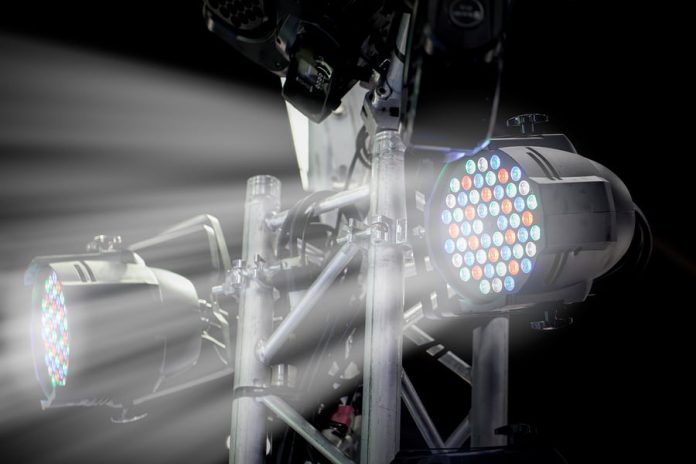It was pointed out at SecTech Camera Shootout that in the presence of huge amounts of backlight a small amount of directional light (40 lux measured at the face) was sufficient to deliver near perfect face recognition, while removal of directional light rendered the scenes delivered by almost all the cameras impossible to distinguish.
At SecTech we saw internal reflections, flare and blooming, as well as strong colour casts. Obviously, the cameras were installed pointed down slightly, the lights were lower still and pointed up slightly but what I could not understand was why so little directional light made such a difference to the performance of every camera when it came to backlight. What does SEN think was going on?
A: It’s an interesting point. Shooting from the hip, my sense is that the small amount of directional light is generating sufficient reflectance from the targets to ensure that the cameras are exposing for those reflecting parts of the scene, not just for the lights. If the sensors are only exposing for the brightest parts of the scene – by damping down brightness – the darker parts of the scene will be darker still. With objects in the centre of the frame visible to the cameras, the sensors are clearly exposing for those objects and this impacts on the entire scene outside of the bright points.
Something unknown is the weighting of CCTV camera exposure. Is it evenly weighted across the frame, or do CCTV cameras utilize centre weighting of exposure? What makes me think they sometimes might is that when you zoom into a scene with a motorised bullet or a PTZ, the exposure performance across the scene very often seems to improve immediately and significantly – the entire field of view at the longer end brightens. At the same time, some cameras do better in variably lit scenes than others.
From the point of view of SecTech Camera Shootout, it was interesting in Adelaide. That space was the largest and darkest space we tested in, with the least reflectance. I was surprising how little directional light was required to give good faces in the presence of intense backlight 2 x 25,500 lux measured at the lamp) with our 8m depth of field. A week later in a brighter and more reflective space in Perth I tried to get faces from the bullet camera group with only 9 lux directional measured at the face to illustrate this point but did not achieve the desired result.
Reflectance is an important aspect of surveillance system design – getting sufficient reflectance to overcome backlight might be as simply as including a white wall in a foyer facing the direction of the strongest light that’s capable of pushing part of that energy back onto the faces of people coming through a doorway.
Backlight can be tough – it’s not just a matter of setting WDR to auto and problem solved. Most cameras installed internally to garner faces will expose for the internal space and blow out bright highlights in the background, horrifying security managers who feel they have lost vital detail outside. At the same time, a camera installed to expose for the bright external view will select a shutter speed too fast to give high quality internal faces. Adding directional light to such a scene balances out the light loss of the faster shutter speed.











